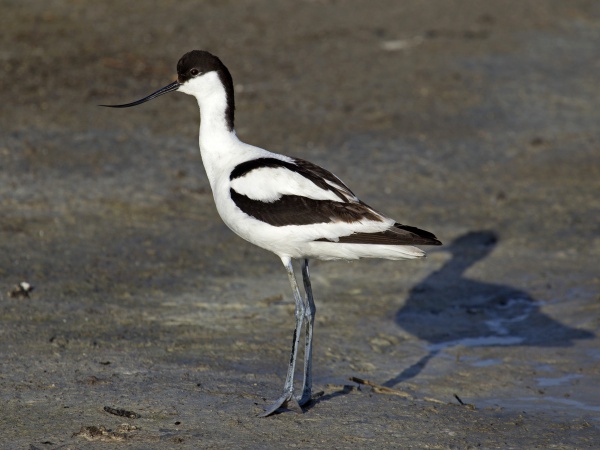Facts About Avocet
Avocets, belonging to the genus Recurvirostra, are a fascinating group of wading birds closely related to stilts. There are four species within this genus, and they are easily recognizable due to their long legs and distinctive, upturned bills. The name "avocet" likely derives from the Italian word "avosetta."
These elegant birds are often found in brackish or saline wetlands, where they use their unique bills to sweep side to side in search of food. Their diet primarily consists of aquatic insects and small invertebrates. Avocets are notable for their striking black-and-white plumage, although some species also display red markings. They typically nest on the ground in loose colonies and are capable swimmers, thanks to their webbed feet.
The pied avocet holds special significance as the emblem of the Royal Society for the Protection of Birds (RSPB). All four species in the Recurvirostra genus are well-adapted to life in estuarine environments and often feed on exposed bay muds or mudflats. These birds are known for their aggressive territorial behavior in large colonies, frequently chasing away other bird species that attempt to nest nearby.
Historically, avocets disappeared from Britain due to habitat loss and persecution but made a remarkable comeback after World War II, breeding again on reclaimed land near the Wash.
Interestingly, a fossil species, Recurvirostra sanctaneboulae, has been discovered from the late Eocene period in France.
Avocets are celebrated for their unique behaviors and adaptations, making them a captivating subject for birdwatchers and conservationists alike.

 Lithuania
Lithuania